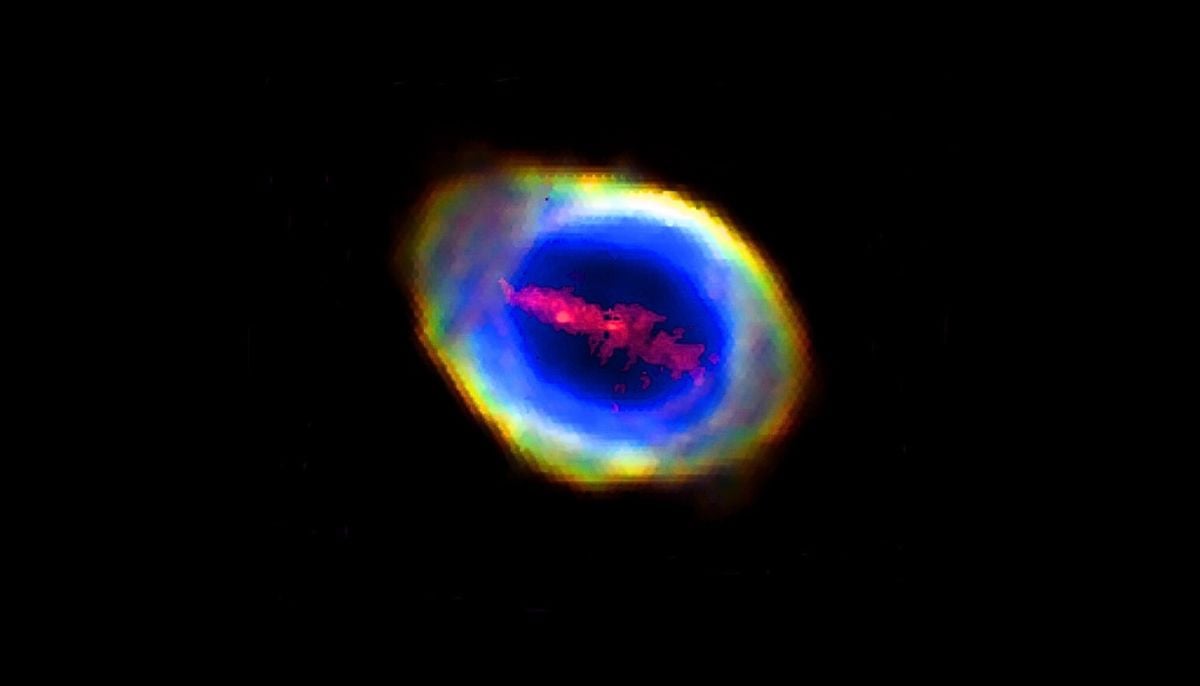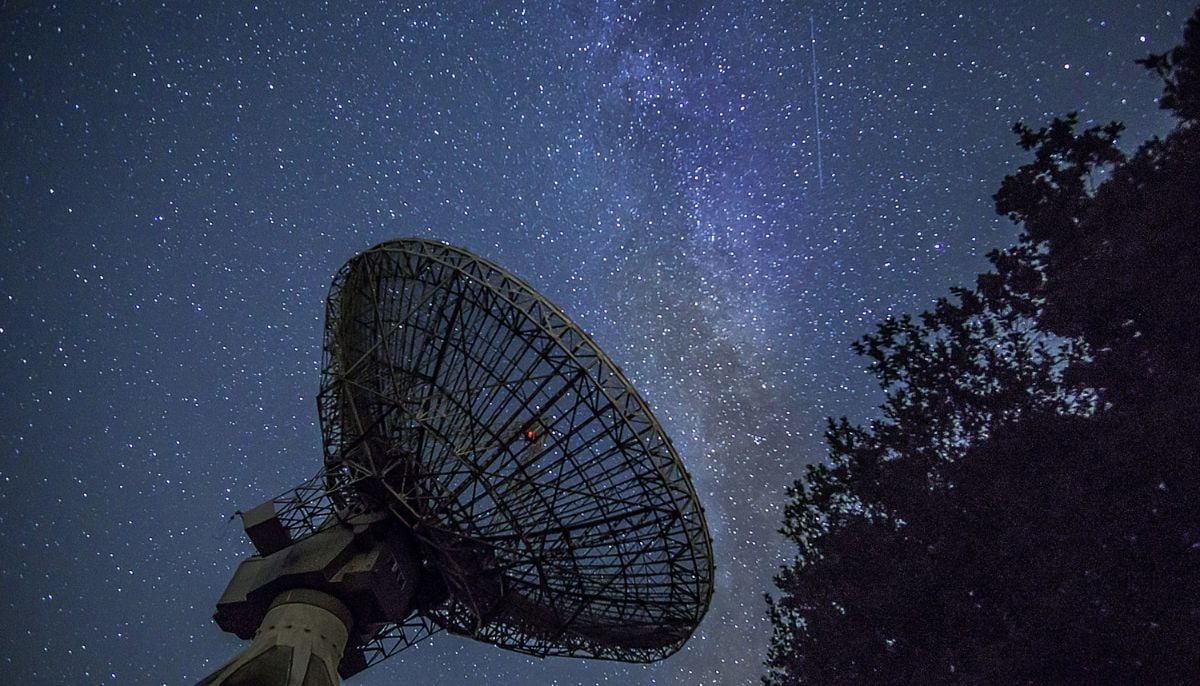Amaterasu: Super-energetic cosmic particles land on Earth stupefying spaced-out scientists
Amaterasu 'sun goddess' particle with energy more than 240 exa-electron volts (EeV) is only second in history to the Oh-My-God particle
Astronomers have seen unique, incredibly high-energy particles descend to earth, which are cosmic rays bearing the name of the Japanese sun goddess Amaterasu and are among the highest-energy ones ever discovered.
With an energy more than 240 exa-electron volts (EeV), the Amaterasu particle is only second in history to the Oh-My-God particle, another ultra-high-energy cosmic ray that was discovered in 1991 and had an energy of 320 EeV.
Though the particle's origins are unclear, analysts think that only the strongest celestial events—bigger than a star explosion—are capable of producing them.
When Toshihiro Fujii, an associate professor at Osaka Metropolitan University in Japan, initially identified the particle, he believed there "must have been a mistake."
"It showed an energy level unprecedented in the last three decades," he said.
Scientists are left with even more questions as the particle appears to appear out of nowhere.
According to John Matthews, a research professor in the physics and astronomy department at the University of Utah, there was nothing in the region with high enough energy to have caused the event.
It seemed to come from the Local Void, a void that surrounded the Milky Way galaxy.
"You should be able to point to where they come from in the sky," Prof Matthews said.
"But in the case of the Oh-My-God particle and this new particle, you trace its trajectory to its source and there's nothing high energy enough to have produced it.
"That's the mystery of this - what the heck is going on?"
Ultra-high-energy cosmic rays typically produce a huge air shower, or a cascade of secondary particles and electromagnetic radiation, when they strike earth's atmosphere.
Specialised sensors can detect electromagnetic radiation, which is produced when some charged particles in the air shower move quicker through the atmosphere than light does.
The Utah-based Telescope Array observatory, which discovered the Amaterasu particle, is one such equipment.
It is now hoped that the particle may open up new research avenues that may assist in explaining the origins of ultra-high-energy cosmic rays.
Experts speculate that it could point to an unexplained source in the Local Void, a far bigger magnetic deflection than anticipated, or a lack of knowledge in high-energy particle physics.
John Beltz, a different professor in Utah, claimed he is "spit-balling crazy ideas" in an attempt to solve the puzzle.
"These events seem like they're coming from completely different places in the sky. It's not like there's one mysterious source," he said. "It could be defects in the structure of spacetime, colliding cosmic strings."
But he added, "There's not a conventional explanation."
-
Bamboo: World’s next sustainable ‘superfood’ hiding in plain sight
-
NASA Artemis II rocket heads to the launch pad for a historic crewed mission to the Moon
-
Blood Moon: When and where to watch in 2026
-
Elon Musk’s Starlink rival Eutelsat partners with MaiaSpace for satellite launches
-
Blue Moon 2026: Everything you need to know
-
Scientists unravel mystery of James Webb’s ‘little red dots’ in deep space
-
ISS crew of four completes medical evacuation with safe splashdown off California
-
Annular solar eclipse 2026: Here's everything to know about the ‘ring of fire’












